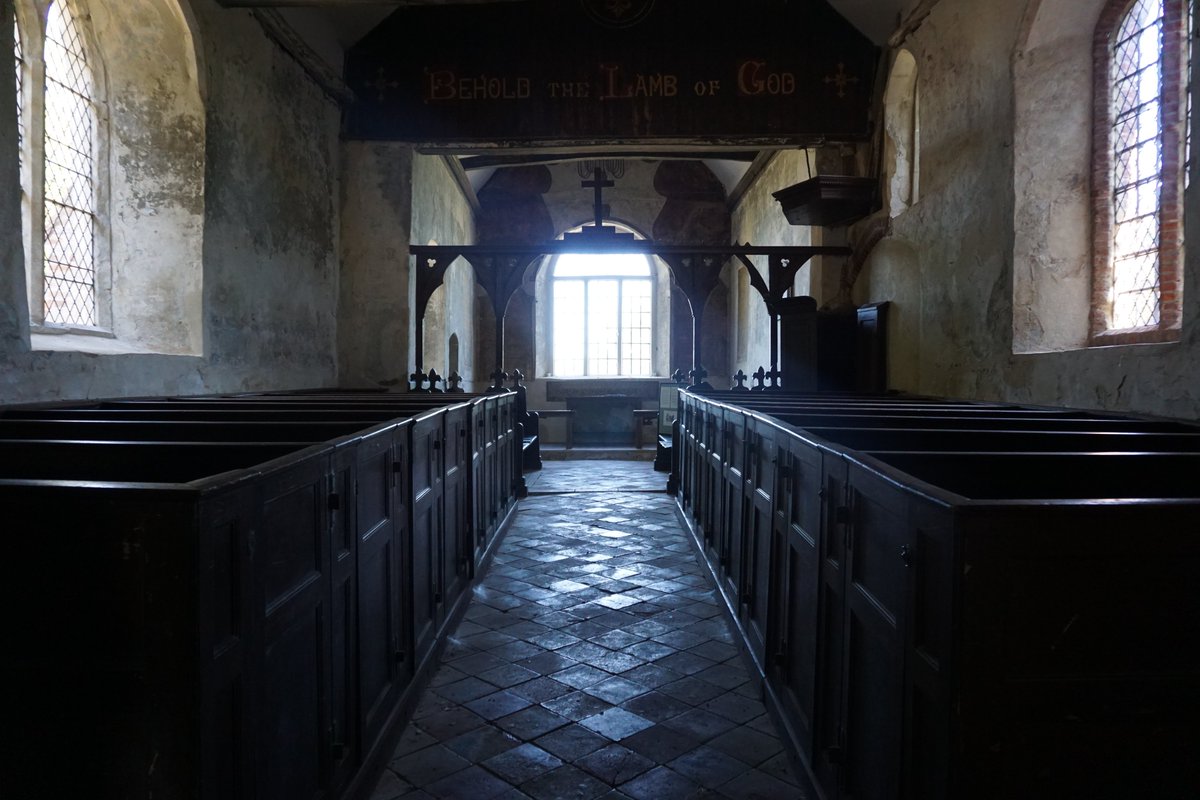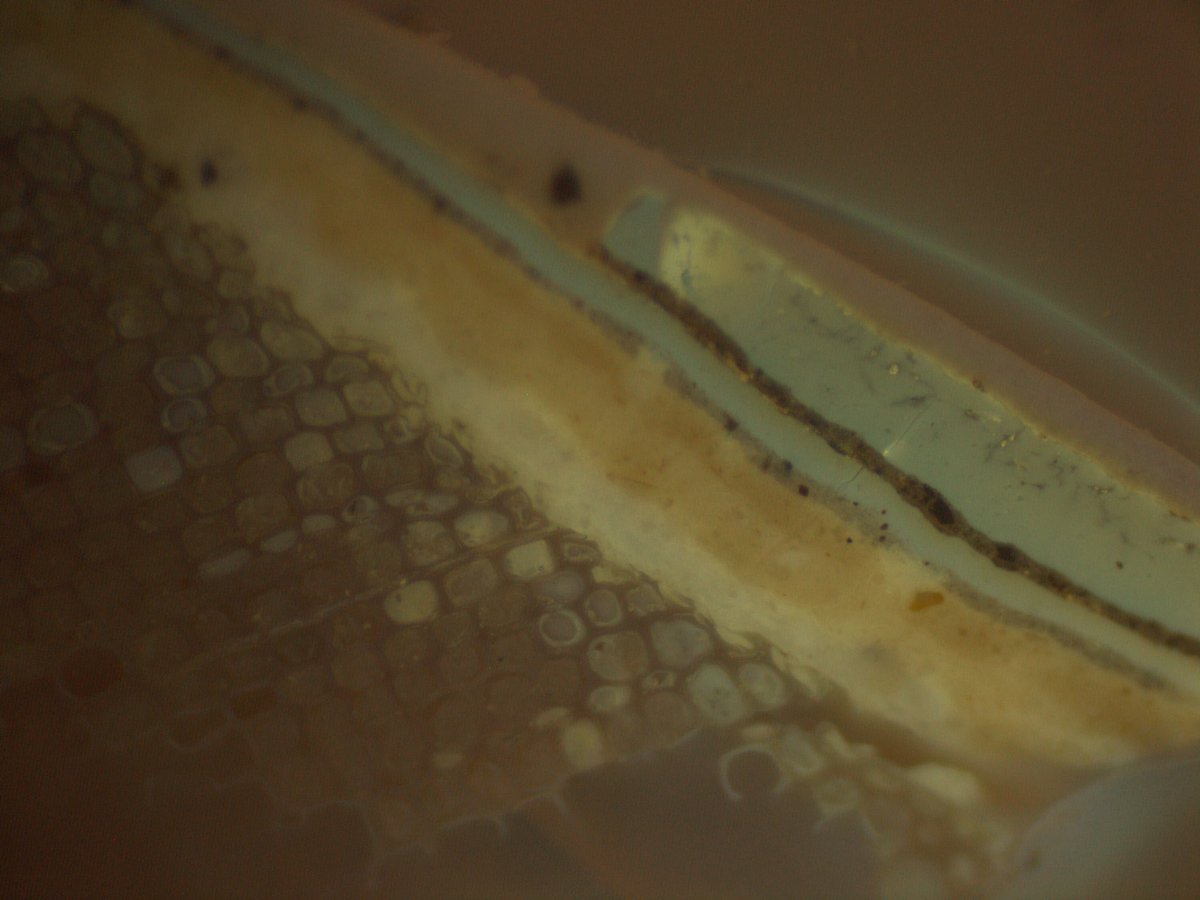
By the mid 19th century, sounding boards — designed to amplify the preacher's oratory — were seen as ugly, out-dated, and even dangerous.
#HistoryThread
#HistoryThread

At Penarth, 1865, Rev. D. Morgan described the 'grotesque pulpit' & 'even more absurd sounding board over the head of the preacher, suspended like a large extinguisher and awakening in the minds of the congregation the fear that it will fall upon the expounder of Gospel truths.'
The fears might have been well-founded; a report from America in 1855 described the moment when an 'old-fashioned sounding board of huge dimensions' whizzed down, causing the minister to duck his head under the pulpit just in time to avoid being 'extinguished'!
Sounding boards were consequently removed from many churches; some were recycled into other useful articles such as shop signs and even novelty tables.
However, a few remain.
At St Mary's, Penllech, Gwynedd, a late Georgian-era sounding board is suspended above the pulpit.
At St Mary's, Penllech, Gwynedd, a late Georgian-era sounding board is suspended above the pulpit.

The base is decorated with a large sunburst, each of its eight rays pointing to one side of the octagonal board. It's not grand; nonetheless it stands out within the church's simple and humble interior.
Learn more about St Mary's, Penllech: bit.ly/3PCCLte
Learn more about St Mary's, Penllech: bit.ly/3PCCLte

• • •
Missing some Tweet in this thread? You can try to
force a refresh






















